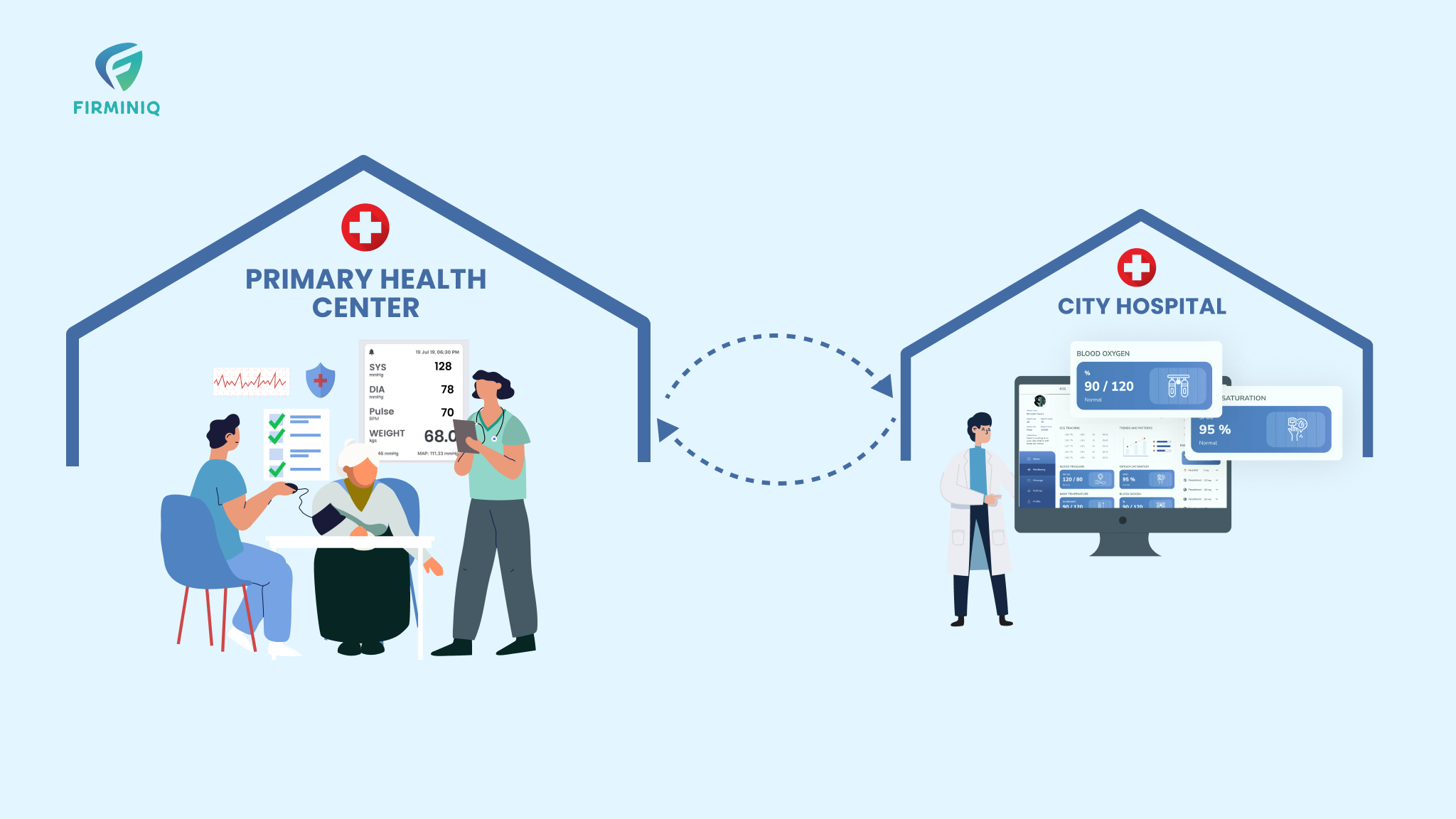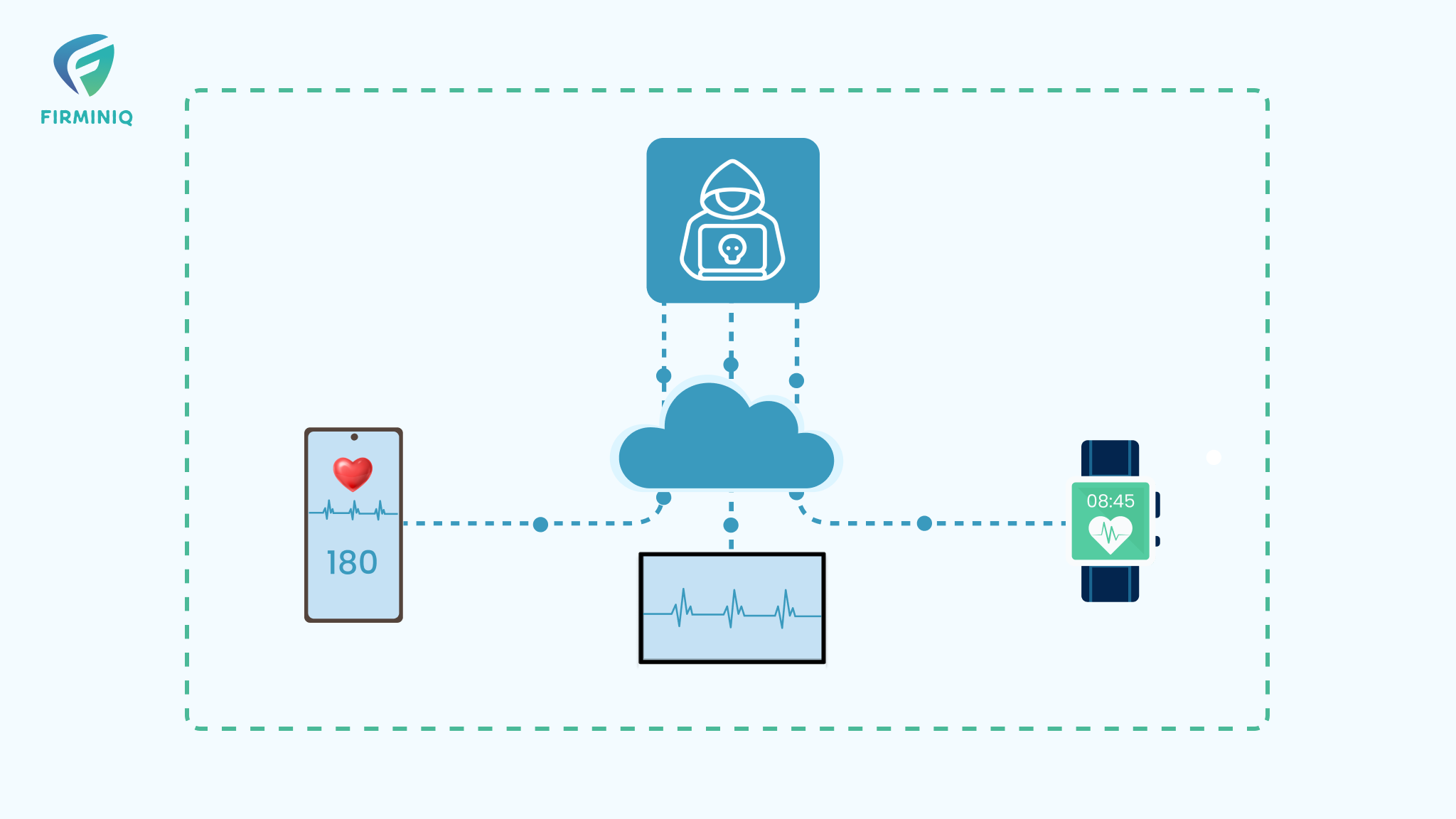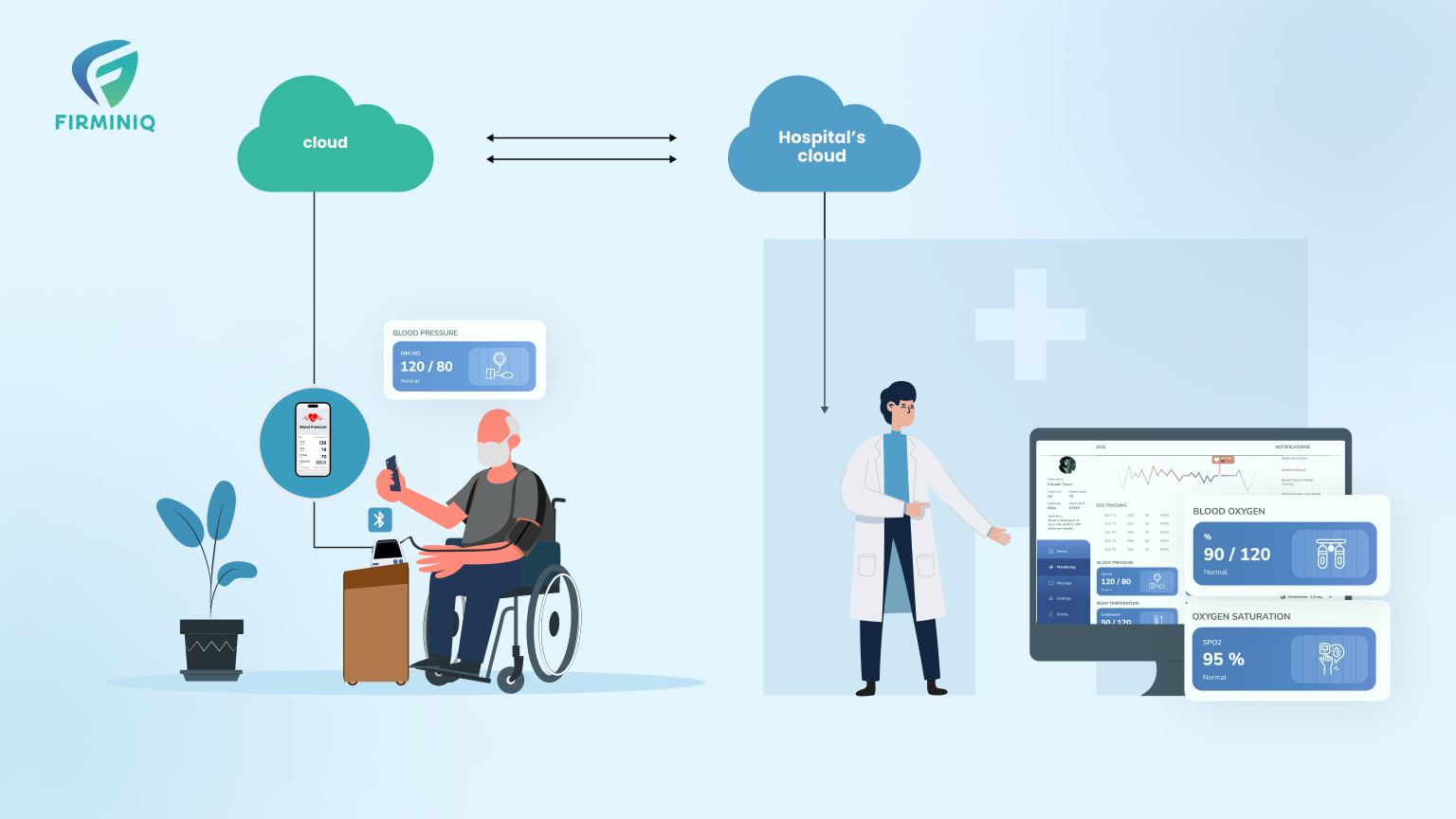As per research from WHO, there is a projected shortfall of 10 million health workers by 2030, mostly in low- and lower-middle-income countries. With limited access to medical facilities, a shortage of healthcare professionals, and infrastructure limitations, healthcare systems face many challenges. The challenges lead to significant inconsistencies in the outcomes for the developing nations.
But with more advancements, traditional healthcare settings are increasingly replaced by Remote Patient Monitoring (RPM) which improves the connection between healthcare professionals and patients.
“The India Patient Monitoring Market size is estimated at USD 1.76 billion in 2024 and is expected to reach USD 2.54 billion by 2029, growing at a CAGR of 7.67% during the forecast period (2024-2029).”-Mordor Intelligence
Given the significant growth of RPM, it becomes vital to understand its impact on healthcare delivery in the developing nations. In this blog, let us explore how RPM is transforming traditional healthcare delivery and is revolutionizing healthcare in developing countries.
Transforming Traditional Healthcare Settings
Advancements in technology have led to the paradigm shift in the traditional healthcare settings via RPM. The transformation is quite beneficial, especially for the developing nations, where in general the traditional healthcare system struggles to meet the patient’s needs. Let us delve into various aspects of this transformation that illustrate how RPM helps to enhance healthcare delivery.
1. Telemedicine and Virtual Consultation
As per TIFAC, “The telemedicine market in India is expected to grow at a compound annual growth rate (CAGR) of 31% for the period 2020–25 and reach US$5.5b.” RPM and telemedicine allow patients residing in remote areas to consult physicians in the comfort of their homes. They can receive consultation via video calls, online messaging, and other platforms. The patients do not need to travel long distances, and this helps save time and resources. Also, patients can access the services of specialists who may not be available locally, while ensuring they receive comprehensive care.
2. Mobile Health Solutions
“The wearable healthcare market in India is rapidly growing due to the increasing awareness of health and fitness among the Indian population, the prevalence of chronic diseases, and the government’s support for the adoption of wearables.”- Biospectrum
Mobile applications and wearable devices help monitor and collect data that offers continuous feedback and enables early detection of health issues. Whether it is health monitoring, chronic disease management, making data-driven decisions, or providing healthcare education; mobile health solutions help improve access to healthcare, ensuring timely and specialized care, while reducing the burden on healthcare facilities. RPM plays a pivotal role in addressing the healthcare challenges faced by developing countries.
3. Reduces Cost
As RPM reduces the need for the patients to visit hospitals, admissions/readmissions, emergency visits and more, patients can receive care at a lower cost. “With telemedicine, healthcare professionals can renew or write prescriptions, deliver crucial health information, and provide appropriate medical attention to patients, all by reducing costs and enhancing convenience.”- TechSci Research
This cost-effectiveness is particularly crucial for developing nations where healthcare resources are limited, making it possible to provide care to a larger population without straining the healthcare system.
4. Bridges Accessibility Gap
RPM helps to bridge the accessibility gap as it reaches patients living in rural and remote areas. The introduction in developing nations has dramatically improved healthcare access. For example, “eSanjeevani – the National Telemedicine Service of India is the world’s largest telemedicine implementation in primary healthcare. eSanjeevani has shown as a blessing especially to people in rural areas where it was harder to access care.”
5. Helps Overcome Professional Shortage
Developing nations often have a shortage of healthcare professionals, especially in the remote and rural areas. RPM enables healthcare providers to extend their reach and manage patients more efficiently. By leveraging telemedicine, healthcare professionals can deliver quality care to a larger number of patients without being physically present at the location.
6. Digital Health Records
“India’s electronic health record market size was valued at $514 Mn in 2022 and is estimated to expand at a compound annual growth rate (CAGR) of 7% from 2022 to 2030 and will reach $884 Mn in 2030.”-Insights10
RPM offers digital healthcare records that ensure patient data is accessible and can be seamlessly shared with healthcare providers and other stakeholders to improve care delivery. The physician can access the digital records, patient history, lab results, and more ensuring they have all the necessary information and make informed decisions.
Also, these records facilitate improved communication among the various healthcare providers (stakeholders) involved in patient care.
7. Compliance with Regulatory Frameworks
Compliance of RPM with the regulatory framework helps ensure the safety and security of the data and healthcare services. As per ICLG, On August 11, 2023, India enacted the Digital Personal Data Protection Act, 2023 (DPDP Act), which governs the management of personal data within India, aiming to safeguard individual privacy while setting up a comprehensive data accountability and governance framework.
For the developing nations, it becomes vital to integrate RPM with recognized standards to foster reliability and patient trust. Adherence to the guidelines and standards ensures that RPM practices are consistent with the best practices in healthcare.
8. Chronic Care Management
According to the United Nations, Chronic conditions are rapidly emerging as major health burdens in low- and middle-income countries, where 80 percent of global chronic disease deaths occur.
RPM for developing nations helps improve chronic care management by offering continuous monitoring and timely intervention. It allows patients to seamlessly manage their conditions while reducing hospitalizations and emergency visits. With regular monitoring, healthcare providers can adjust treatment plans, improve patient outcomes, and enhance the quality of life for patients.
Future Prospects in RPM
With the advancing technology and healthcare ecosystem RPM is likely to play a crucial role in patient care. Let us understand how digital transformation and embracing technology can further shape the future of healthcare.
1. Government Initiatives and Policies
There are many government initiatives like eSanjeevani and more coming up, especially after the pandemic that is making the adoption of RPM easy in the developing nations. It has facilitated millions of consultations, improving access to healthcare in rural and underserved areas.
Governments can provide financial support to healthcare institutions for the adoption of RPM technologies, ensuring that even remote areas can benefit.
2. Public and Private Collaborations
Public-private partnerships and collaborative efforts can help drive innovation in RPM. Combining resources, expertise, technology, and more help in the development of innovative solutions and more.
3. Emerging Technologies
Emerging Technologies like Artificial Intelligence, Machine Learning, Internet of Things are all set to enhance the capability of RPM while making it more reliable and user-friendly.
AI/ML offers predictive analytics, personalized care, and automated monitoring to ensure early disease intervention and proactive care. Whereas IoT enables various healthcare devices to communicate with each other, creating an interconnected network of health monitoring systems, enabling seamless data sharing.
Embracing emerging technologies, developing supportive policies, investing in infrastructure, and fostering collaborations can help revolutionize RPM. The future of healthcare lies in leveraging these advancements and offering high-quality care to patients.
Conclusion
RPM does not only transform traditional healthcare settings, but also addresses significant challenges posed by infrastructure limitations, lack of access to medical facilities, and shortages of professionals. Leveraging RPM offers a more accessible, efficient, and comprehensive healthcare solution.
As developing nations embrace RPM, the potential to improve health outcomes and quality of life becomes increasingly attainable, paving the way for a healthier future. Want to embrace RPM solution and offer more patient centric care? Let us help you.






